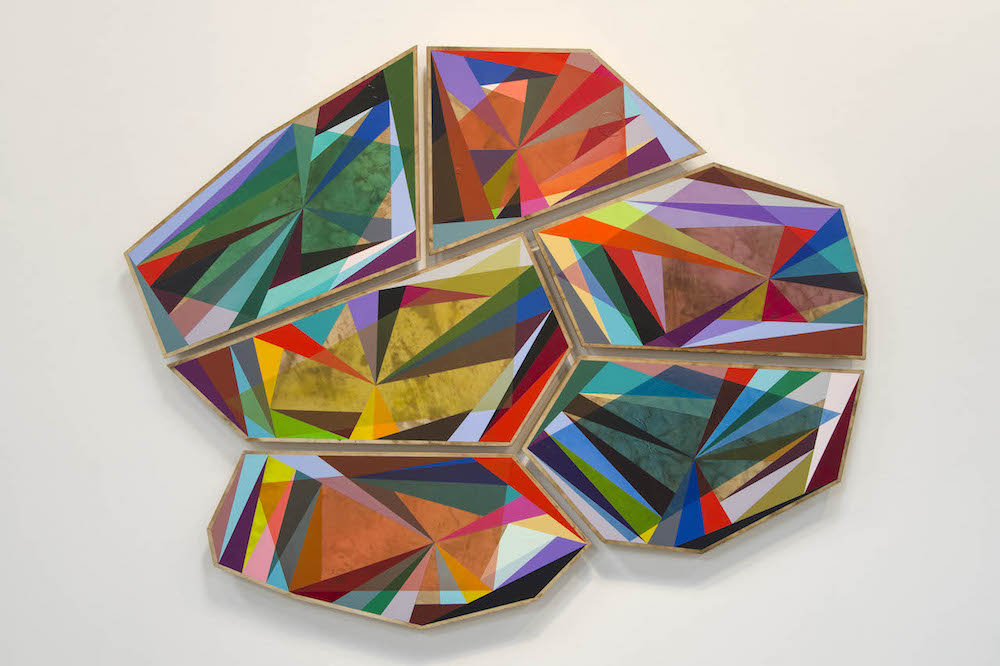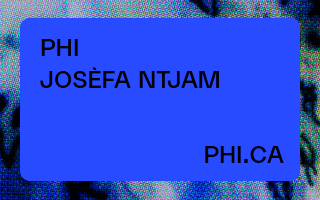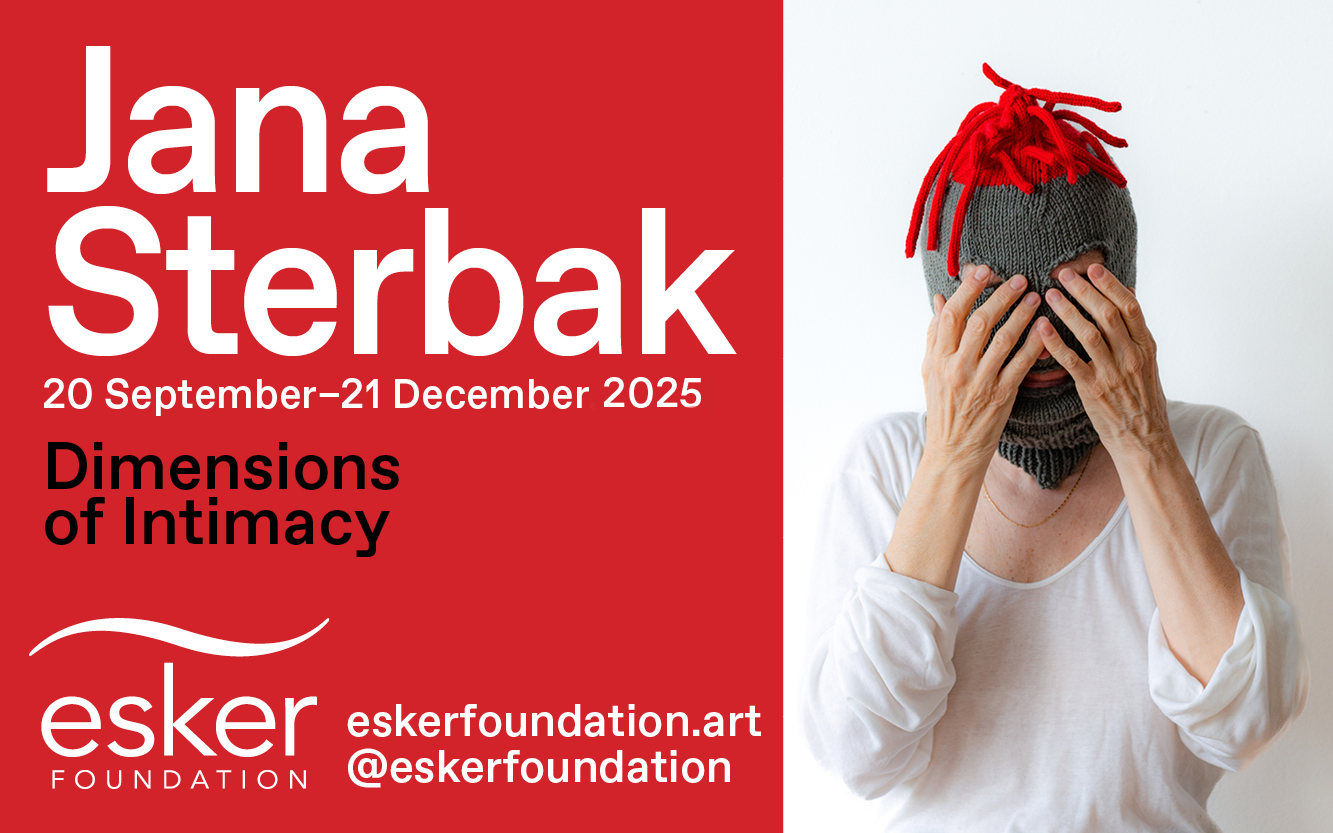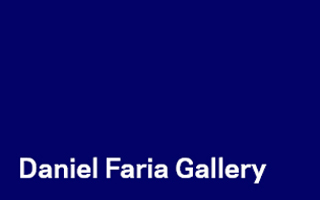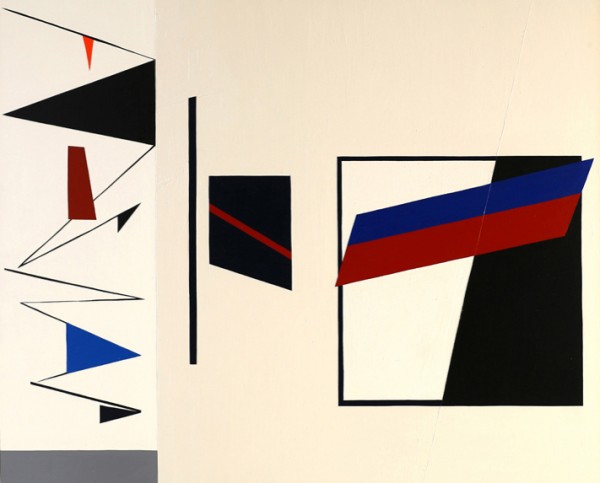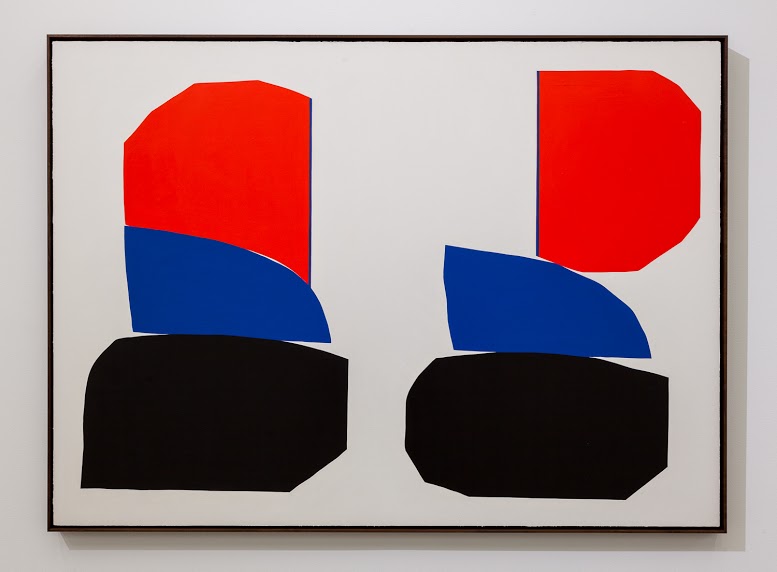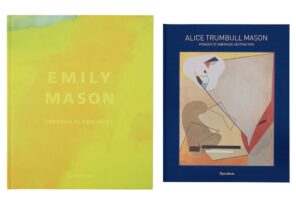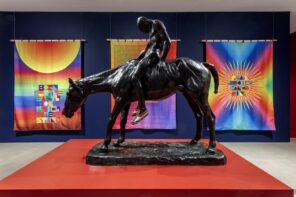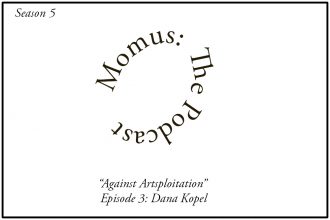It’s a frustrating hallmark of these overheated times, the notion that one shouldn’t make abstract art in this political environment. I recently asked two politically-engaged abstract artists – Clare Rojas and Jeffrey Gibson – to share their thoughts about the politics and commitments of contemporary abstraction.
Rojas made her name in the early 2000s. Her folk-and feminist-inspired narrative work blended fable and mythology, and brought wide acclaim and major museum shows. She evolved beyond those roots, and has spent years developing an idiosyncratic visual language. Today she’s making her most mature work, and still runs against those who want her to perform their expectations of her as a half-Peruvian female artist.
Gibson, the subject of a major survey on view at the Denver Art Museum, grew up aware of the punk, rave, and powwow cultures of his generation. As an American artist of Choctaw-Cherokee descent, he’s steeped in the dual histories of Modernism and Indigenous aesthetic traditions. His work confronts contentious social and political issues on an abstract level. But Gibson, too, sometimes feels expected to perform what it means to be a gay, Indigenous, male artist.
Can we start by elucidating the definition of abstraction? For example, some people think that every artwork that manifests physically, meaning as something more than an idea, is by definition concrete, while others think that every artwork is, by definition, abstract, since its status as art depends on an intellectual construct. What are you talking about when you talk about abstract art?
Clare Rojas: My main concern is creating my own sacred construct, one I have freedom to alter. It’s about feeling that freedom and empowerment. Whereas in almost any other realm, I don’t have access to those same freedoms due to barriers of my own creation or barriers created by society.
Jeffrey Gibson: When I use the term abstraction, I mean to incite all of the definitions that you mention above. These are all valid perspectives on what abstraction has meant and can mean. Personally I think abstraction begins when you step away from figurative and representational depictions of what we see around us, and make decisions regarding more subjective imagery. Pushed further, this subjectivity can lose all qualities of representational imagery and then the responsibility of meaning falls more and more on the artist’s perspective and the perspective of the audience.
This idea that abstract art is somehow fundamentally different than, say, portraiture or figurative art seems embedded in our contemporary understanding. Yet the earliest known artworks – cave paintings in northern Spain – include three types of images: linear patterns, outlines of five-fingered hands, and animal shapes. In contemporary terms, we might call the linear patterns abstraction, the outlines of hands portraiture, and the animal shapes figuration. Do you have thoughts about whether the artists who made those paintings perceived any separation between the types of images they made? Do you think they imagined a hierarchy in which, for example, the animal shapes were more meaningful than the linear patterns, or the hands were more meaningful than the animal shapes?
Clare Rojas: I like this question because the images described above illustrate a simple idea. For me if the mark was made, it was important, and there was no hierarchy for the person making the marks. The marks just served different purposes. I think the idea of art genres and hierarchies developed within patriarchal belief systems.
Jeffrey Gibson: I imagine that the people who made these drawings did not differentiate between abstraction and representation. They may not have even identified as “artists.” I think of these drawings more akin to writing, using a lexicon of symbols that had some collective understanding among the local cultures. Art as a subject and its different genres go back hundreds of years and seem to always indicate a privileged audience who apply cultural and monetary value to different kinds of art. This eventually leads to the commercial side of historical and contemporary art.
Do you ever feel that your decision to pursue abstraction has caused your work to be passed over within the contemporary artworld?
Clare Rojas: I’m not sure. When I went abstract, I was attempting to disengage from a one-sided conversation that was in a way prescribed to me by a patriarchal system.
Jeffrey Gibson: Yes. I’ve often used aesthetics and addressed histories that have either been unacknowledged or misunderstood as abstractions without content.
Art schools and the art market embrace the concept that art has a linear history that can be known and shared, and also that art is created by methods and means that are specific and can be taught. These concepts help these institutions maintain the perception of their value. Do artists also benefit from accepting these concepts, or would they be better off seeing art as anarchic?
Jeffrey Gibson: This is an interesting question. I believe there are collective ideas about what art is and anarchic strategies are still relevant to these concepts even as they attempt to push away from the ideas they reject. Today the anarchic can quickly establish a new market and/or trend, which is golden in a consumer society. Artists can choose what role they play within this construct but I don’t think there is any entire benefit nor loss at this point. The most sustainable shift tends to be subversive and with long-term intention.
Clare Rojas: If I changed this question to “Institutions and the market embrace the concepts that patriarchal culture has a linear history that can be known and shared and that male dominance has been created by methods and means that are specific and can be taught, because these concepts help these men maintain the public perception of their value. Do women also benefit from accepting these concepts, or would they be better off seeing themselves as inherently anarchic?” … would I have to answer?
Members of my family live in a Houston subdivision that was flooded during Hurricane Harvey. Prior to the hurricane, the political body governing the subdivision regulated which colors could be used when painting houses in the neighborhood, but enacted no regulations to protect the community from the development flaws that ultimately led to the destruction of nearly every house in the neighborhood. Why do you think abstract aesthetic considerations are sometimes more important than taking concrete actions?
Clare Rojas: This is interesting because it shows how powerful aesthetics are, and to some more important than anything or anyone else.
Jeffrey Gibson: Abstract aesthetic considerations are sometimes easier to accept and enact. Abstraction can provide a vagueness that is less pointed towards specific anger, pain, and trauma, than concrete actions. Having said this, I don’t want to dismiss abstraction as being less effective. There is a difference between effective vs. ineffective uses of abstraction. Formal elements, used intentionally, can have real impact. For instance, color does have an impact on peoples’ moods and mental health. This particular use can be healing or alarming – a desired effect can be achieved.
Early Modernist artists talked about the universal qualities of abstraction. From my understanding, sometimes they meant that a square is a square and a circle is a circle, no matter who you are or where you come from. Other times I suspect they meant that abstraction operates according to the same universal laws that led to the creation of time, space, and physical reality. Assume for a moment that they meant the first thing – that abstract art can be enjoyed by anyone. Is anything universal? And if something is universal, is it possible for there to be any universal way of communicating it through art?
Clare Rojas: I think art attempts to articulate and express feelings, perspectives, and experiences that connect us and in some ways define us. When I am in nature, breathing mountain air, watching a thunderstorm come in or a river running, I don’t question how I feel, I just feel it—I am free to. As a painter, writer, and musician, I approach my work with the goal of feeling that freedom, to just authentically feel. It would be great if this evokes a similar experience for the viewer. Giving people the opportunity and freedom to feel these things with art is a process and a privilege.
Jeffrey Gibson: There are many similarities between how we all experience the world. We have our own specific perspectives that have developed because of the communities and experiences that we have been part of. The “universal” tends to be too romantic of a notion for me and can allow for feeling engaged with specific ideas while not forcing a viewer to acknowledge real circumstances and the politics involved. I also don’t think that all work needs to address specific politics in order to be a strong art work. There are many other kinds of content beyond the politics of the moment.

